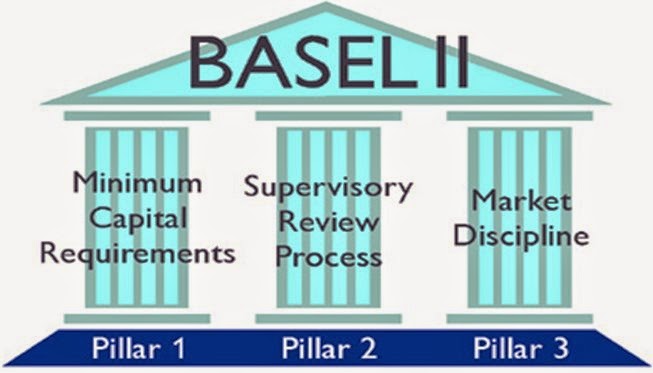Start Date:
19 May, 2025.
End Date:
21 May, 2025.
Course Overview
This course covers the Basel II credit risk management techniques: standardized approach and advanced approach (internal ratings).
This training requires prior knowledge of basic statistics and financial mathematics notions.
Course Objective
Participants shall be exposed to hands-on- deck treatment of various approaches to Basel II Credit Risk Management Techniques
Course Outline
Presentation of the Basel II general framework and capital requirements
- Historical context: the Cooke ratio and its limitations
- Quantitative requirements: McDonough ratio, Basel II first pillar
- Qualitative requirements: second pillar and third pillar
- Implementation of the Basel II accord in the European Union
- Equity capital components : Tier 1, Tier 2, Tier 3
Implementation of the credit risk assessment standardized approach
- General introduction to the credit risk assessment standardized approach
- Resorting to external ratings and pondering counterparts
- Calibration of the Basel parameters according to the selected options
Internal ratings models (advanced approach)
- Determination of the model parameters: Probability of Default (PD) and Loss Given Default (LGD)
- Determination of the Exposure At Default (EAD) : asset/liability outflow laws
- Management of a credit portfolio : correlations and transition matrix
Application : review of Moody's KMV and J.P. Morgan's Credit Metrics internal ratings
Implementing the advanced approach models: strategy and organization
- Risk rating system governance: minimum requirements, risk quantification, validation of internal estimates
- Quality controls and financial communication requirements
Application: implementation of the "advanced approach" models (strategy, organization and information systems)
Management of credit guarantees and derivatives
- Management of the guarantees using standardized approach and advanced approach
- Credit derivatives: accounting and prudential aspects
- Credit risk enhancement techniques
Prudential management of securitization
- Operational requirements on classic securitizations and synthetic securitizations
- Management of securitization exposure: standardized approach
- Impact of the financial crisis on prudential requirements








